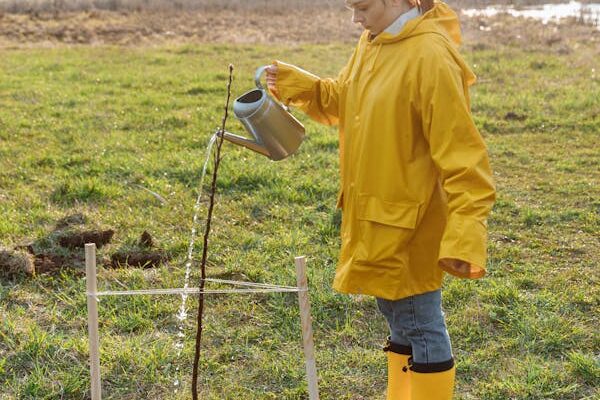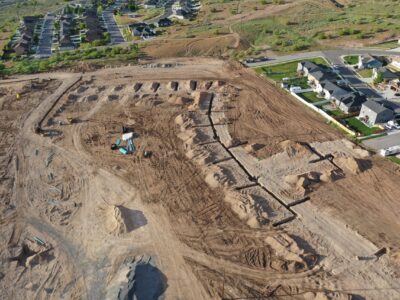
Hurricane season brings an increased risk of powerful storms and significant disruptions. For those living in hurricane-prone areas, understanding how to prepare and stay safe is crucial. This article provides essential tips for navigating hurricane season, from preparation strategies to safety measures and recovery steps.
Understanding Hurricane Season
Hurricane season typically runs from June 1 to November 30 in the Atlantic and Eastern Pacific regions. This period is characterized by warmer ocean temperatures and favorable atmospheric conditions that contribute to the formation of hurricanes and tropical storms. Knowing the start and end dates of hurricane season helps residents stay vigilant and prepared.
The Science Behind Hurricane Formation
Hurricanes form over warm ocean waters where moisture evaporates and rises, creating thunderstorms. These storms can develop into hurricanes when the atmospheric conditions are right, including low vertical wind shear and warm sea surface temperatures. Understanding this process helps in predicting and tracking hurricanes more effectively.
Preparing for Hurricane Season
An effective emergency plan is essential for hurricane season. This plan should include evacuation routes, communication strategies, and emergency contact information. Ensure that all family members are familiar with the plan and practice evacuation drills to ensure a smooth response during an actual storm.
Assembling an Emergency Kit
An emergency kit should contain essential supplies for at least 72 hours. This includes non-perishable food, water, medications, batteries, flashlights, and a first aid kit. Additionally, include important documents, such as identification and insurance papers, in a waterproof container. Regularly check and update your kit to ensure that all items are in working condition and within their expiration dates.
Securing Your Property
Properly securing your property can minimize hurricane damage. This includes installing storm shutters or boarding up windows, securing outdoor items that could become projectiles, and reinforcing your roof and doors. Additionally, clear gutters and drains to prevent water accumulation and flooding. Regular maintenance and preparedness can significantly reduce the risk of damage.
During and After a Hurricane
During a hurricane, follow local authorities’ instructions and stay indoors away from windows and exterior walls. Use battery-powered radios or weather apps to receive updates and alerts. Avoid using candles, as they pose a fire risk, and conserve battery power for essential communications. If instructed to evacuate, do so promptly and follow the designated routes.
Assessing Damage and Recovery
After the storm has passed, carefully assess the damage to your property. Be cautious of hazards such as downed power lines, gas leaks, and unstable structures. Document the damage for insurance purposes and begin the cleanup process. Prioritize safety and follow local guidelines for waste disposal and debris removal.
Conclusion
Navigating hurricane season requires careful preparation and vigilance. By creating an emergency plan, assembling an emergency kit, securing your property, and staying informed during and after the storm, you can effectively manage the challenges posed by hurricanes. Being proactive and prepared ensures greater safety and resilience during hurricane season, helping you and your family weather the storm with confidence.















